Introduction
Over the decades, antibiotics usage for curtailing animal infections has paved the way for the emergence of the multifaceted problem globally called “Antimicrobial resistance” and antibiotic residues in milk and meat (Figure 1). Moreover, a ban on antibiotics as growth promoters by the European Union has urged animal nutritionists to look for safe alternatives (Celi et al., 2017). In this regard, the Aloe vera herb came to the limelight due to its myriad of nutraceutical benefits and considered the biosynthetic laboratory. The historical background shows that the Aloe vera plant and its derivates played a pivotal role in health care and medicine, dating back to the 4th century BC. Aloe herb was called ‘Plant of immortality” and was given to Pharaohs of Egypt as a traditional funerary gift. Aloe word stands for ‘bitter and shiny substance’ in Arabic. A. vera, scientifically known as Aloe barbadensis Mill, is widely recognized as a true natural healer. The Aloe plant is a perennial, succulent and spiky cactus within the Xanthorrhoeaceae family. It belongs to a class of medicinal herbs and has a rich amount of plant secondary metabolites. Aloe leaves contain more than 200 naturally occurring nutrients and plant bioactive compounds such as phenolic acids/polyphenols, alkaloids, tannins, flavonoids, and anthraquinones. In developing countries, renewed interest in using medicinal plants as therapeutic agents for livestock, humans, and pets through ‘one health concept’ has widened the aloe plant’s scope.
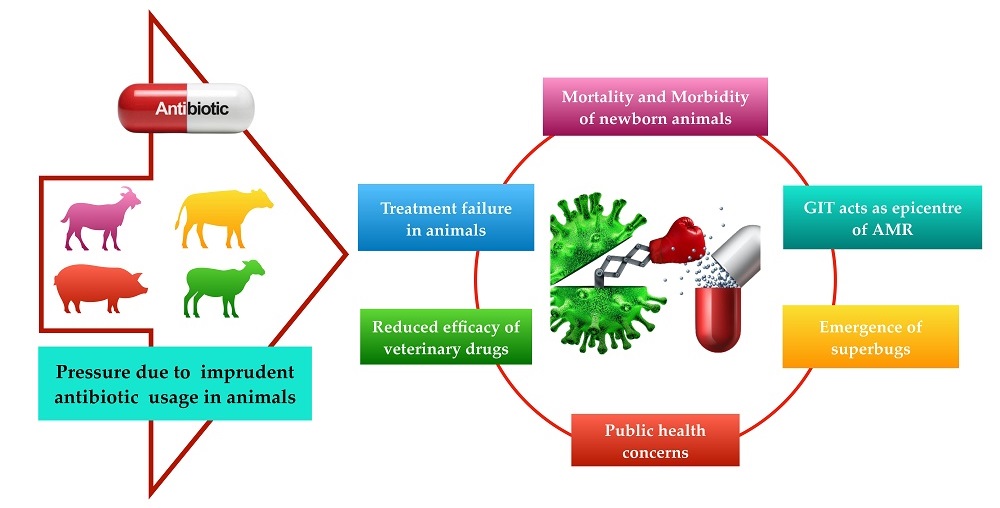
Aloe vera nowadays gained popularity among the people and is known by yoga gurus, naturopaths as alternative medicine promoters. It can be used as an herbal feed additive in livestock rearing to achieve broader objectives due to its great potential in combating the global burning issue’ methane mitigation’ and improve designer milk production, health, productivity, performance, and enhancing the immunity of dairy animals (Figure 2). In this aspect, our review highlights and explores the medicinal value of Aloe vera as a feed additive for healthy and safe animal food products intended for human beings.
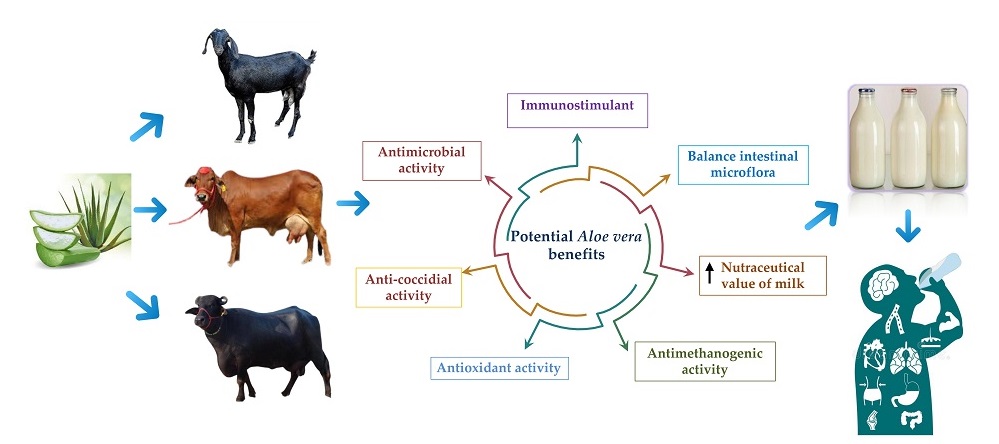
Chemical constituents of Aloe vera
Aloe vera chemistry is quite multifarious, and its bioactive compounds contribute to various growth-promoting and medicinal properties. Aloe vera leaf gel contains around 98 percent water, while aloe vera gel has a total solid content of 0.66 percent and 0.56 percent of soluble solids. Aloe gel consists of polysaccharides (55%), sugars (17%), minerals (16%), proteins (7%), lipids (4%), and phenolic compounds (1%) based on dry matter (DM). The chemical composition of aloe vera, including exudate and pulp, are given in Table 1 (Surjushe et al., 2008).
Table 1: Aloe vera chemical composition
|
Class |
Compounds |
Activities |
| Carbohydrates | Pure mannan, acetylated mannan, acetylated glucomannan, glucogalactomannan, galactan, galactogalacturan, arabinogalactan, pectic substance, xylan, cellulose | anti-inflammatory, antiallergic |
| Anthrones/ Anthraquinones | aloin A and B, isobarbaloin, Aloe-emodin, aloetic-acid, anthranol | antibacterials and antivirals, Aloin and emodin-analgesics |
| Enzymes | arboxypeptidase, catalase, cyclooxidase, cyclooxygenase, lipase, oxidase, Alkaline phosphatase, amylase | Bradykinase- reduce excessive inflammation while others help in the breakdown of sugars and fats |
| Proteins | lectin- like substance, Lectins | antiseptic properties, Lignin- penetrative effect into skin Saponins- soapy substances |
| Inorganic compounds | Calcium, chlorine, potassium, phosphorous, sodium, zinc, chromium, copper, iron, magnesium, manganese | Essential for proper functioning of various enzymes |
| Vitamins | β-carotene, choline, folic acid, α-tocopherol, B1, B2, B6, C | Vitamin A, C and E- antioxidant |
Health benefits of Aloe vera in livestock
Aloe plant can be used alone or in combination with other feed additives, and it has shown a synergistic effect with veterinary drugs also.
Effects on growth performance
In livestock and poultry farming, higher body weight gain, better feed conversion efficiency (FCE), milk, meat, and egg production are critical economic goals. These goals were previously accomplished by feed additives such as antibiotics. However, the restriction of the use of antibiotic growth promoters (AGP) impaired these goals, resulting in low animal growth and production. An experiment performed by Khan et al. (2014) on birds fed diets supplemented with 1% or 2% aloe vera leaves had greater feed intake, higher body weight gain, and FCR than those without aloe vera leaves fed diets.
Antimicrobial effect
Despite the existence of effective antibiotic and antifungal agents, resistant or multi-resistant strains are continually emerging, suggesting the need for new drugs to be permanently sought for development to combat these pathogenic microbes. People have been using plant products and their derivatives as phytomedicine or phytotherapy and believed to have curative powers from ancient times. Aloe vera has potential in curtailing animal diseases and has antibacterial, antifungal, and antiviral properties. The antimicrobial property of aloe may be due to the plant’s natural anthraquinones, which showed promising results in inhibiting various opportunistic bacteria evident from different studies (Redda et al., 2014).
Antimethanogenic effect
Rumen has a complex and unique microbial community made up of bacteria, protozoa, fungi, and bacteriophages. Hydrogen is produced in the rumen during the anaerobic fermentation phase of nutrients. This hydrogen can be used to synthesize volatile fatty acids (VFAs) and microbial protein synthesis. NADH’s excess hydrogen is mainly removed by the formation of methane generated by methanogens. Methane production causes a substantial loss in ruminants, and it is 21 times more potent than carbon dioxide leading to global warming. Hence, to inhibit methanogenesis, additional supplementation (halogenated methane analogues, bacteriocins, propionate enhancers, acetogens, fats, ionophores, defaunating agents, formate, etc.) was proposed. In this context, plant secondary metabolites showed promising results is indeed aloe plant. Different bioactive substances, such as tannins, flavonoids, and phenolic acids, saponins exhibit antimethanogenic activity, which is also present in high concentrations in aloe vera plants. These bioactive compounds could reduce methane production (Patra, 2016).
Antifungal effect
The significance of skin affection in domestic animals drew many workers’ attention to propose different management approaches, such as implementing effective and rapid diagnostic and treatment methods. Bovine dermatophytosis and Ringworm infection caused by certain keratinophilic fungi damages the hide and restricts marketing of infected cattle leading to economic losses (Hany et al., 2004). For infections that these fungal agents cause, Aloe gel is used topically. This medicinal advantage may be due to the properties, and chemical components of Aloe vera leaves gel. The potency of A. vera can increase internal immunity’s capacity to enhance natural resistance by boosting T-lymphocyte cells that support the immune system for curing ringworm (Mantle et al., 2001).
Antioxidant activity
During regular physiological events, reactive oxygen species (ROS) are continuously generated and can quickly initiate membrane lipids’ peroxidation, leading to lipid peroxide accumulation. ROS is over-produced under pathological conditions and results in oxidative stress. Antioxidants are substances that delay or prevent cellular oxidizable substrates from being oxidized. They exert their role by scavenging reactive oxygen species, activating protein detoxification batteries, or preventing reactive oxygen species from being produced. There has been a growing trend in discovering natural antioxidants over recent years, which can protect the body from free radicals and delay many chronic diseases. The Aloe plant possesses potent antioxidant activity owing to its polyphenolic content and other components of phytochemicals (Patel et al., 2012).
Antiparasitic and anticoccidial activity
Endo- and ectoparasites are prevalent in domestic animals, especially grazing animals, and cause significant economic losses. Coccidiosis is one of the deadly diseases in poultry that mainly affects the intestine, impairs the use of feed, reduces broilers’ growth, and develops eggs for laying hens causes bird death. Many studies have highlighted aloe vera benefits in decreasing the parasitic load and improving animal performance due to its various phytochemicals’ mechanism of action (Yim et al., 2011).
Effects on intestinal microflora
The significant factor leading to improved growth efficiency and immune response in animals is intestinal microflora maintenance. Herb extracts play an important role in balancing and developing animal intestinal microflora. Pogribna et al. (2008) stated that the production of short-chain fatty acids and the number of intestinal microflorae could be altered by dietary supplementation of aloe vera. Several experiments of direct or indirect effects on intestinal microflora have been performed on the use of additives, including plants, as alternatives to antibiotics. E. coli count can be reduced by herbs and polysaccharides found in aloe vera., although the number of Lactobacillus and Bifidobacteria may be increased. While its specific mechanism by which aloe vera affects the intestinal microflora in livestock is unclear, this effect is likely to be similar to the antibacterial effects of certain herbs or to have a mechanism similar to that of prebiotics in the polysaccharide found in aloe vera (Guo et al., 2004).
Enhances nutraceutical value of milk
Milk is an essential product consumed by a large population in India and is an excellent source of nutrients for human health. However, milk products suffer from a gloomy picture of health associated with a high content of saturated fatty acids (SFA). It is found that the supplementation of plant extracts or their secondary metabolites as feed additives alters the ruminal biohydrogenation of dietary fatty acids by showing an antimicrobial effect on certain bacterial species involved in the rumen biohydrogenation process and by increasing the useful intermediates, thereby boosting the milk fatty acid profile (Joseph et al., 2010). A unique opportunity to enhance milk’s antioxidant properties has been provided by increasing evidence of the transfer of secondary metabolites into milk and milk fat. Aloe vera is rich in plant secondary metabolites and positively alters biohydrogenation process in rumen to augment nutraceutical value of milk (Patra, 2016).
Side effects of aloe vera
Aloe vera latex consumption is also associated with watery diarrhea, leading to an imbalance of electrolytes and hypokalemia. The compounds in the latex of aloe vera are genotoxic and mutagenic can also be deemed. In susceptible individuals, it can cause redness, burning, stinging sensations, and occasionally generalized dermatitis (Joseph et al., 2010). Anthraquinones, such as aloin and barbaloin, is mainly attributed to allergic reactions. Besides, aloe vera latex compounds are suspected of interacting with certain conventional oral drugs, particularly corticosteroids and cardiac glycosides like digitoxin and digoxin, due to their potassium lowering effect (Ulbricht et al., 2008).
Conclusion
Traditional uses of natural compounds, particularly those of plant origin, have received much attention in recent years because they are well tested for their effectiveness and are widely assumed to be safe for animal and human use. The Aloe vera plant’s bioactive metabolites have multiple properties, viz., anti-inflammatory, antibacterial, antioxidant, anticancer, immunostimulating, anti-aging, antidiabetic potentials, sunburn relief, wound and burn to heal. Aloe vera has excellent potential to enhance nutrient utilization, immune response, intestinal health, and growth efficiency as an additive to livestock and poultry feed. It has positive effects as an antimicrobial agent and is used in poultry for the prevention of coccidiosis. The need for the hour is to manipulate rumen fermentation with natural compounds like aloe vera to increase the nutraceutical value of milk and milk products intended for human use. The benefits of aloe vera added to feed depend on many factors, such as the mode of use [powder, gel, extract (ethanolic or aqueous), gel-extracted polysaccharide], dosage, animal genetics, dietary ingredients, and farm management. Therefore, further studies are necessary to determine the effective dosage and form of livestock use as feed additives.
References
- Celi, P., Cowieson, A. J., Fru-Nji, F., Steinert, R. E., Kluenter, A. M., and Verlhac, V. (2017). Gastrointestinal functionality in animal nutrition and health: new opportunities for sustainable animal production. Animal Feed Science and Technology, 234: 88-100.
- Guo, F. C., Williams, B. A., Kwakkel, R. P., Li, H. S., Li, X. P., Luo, J. Y., and Verstegen, M. W. A. (2004). Effects of mushroom and herb polysaccharides, as alternatives for an antibiotic, on the cecal microbial ecosystem in broiler chickens. Poultry science, 83(2): 175-182.
- Hany, Y Hassan, Magdy El-Sayed, Magda Ali Salah, and Ahmed Zaghawa Magdy A, Aly. (2004). Efficacy Of Aloe Vera gel leaves for treatment of skim infection among animals 1st Annual conference, FVM, Moshtohor.
- Joseph, B., and Raj, S. J. (2010). Pharmacognostic and phytochemical properties of Aloe vera linn an overview. International Journal of Pharmaceutical Sciences Review Ressearch, 4(2): 106-10.
- Khan, M. J. A., Khan, S. H., Naz, S., Gilani, S. S., Shafi, J., Hassan, F., and Anwar, M. (2014). Effect of Dietary supplementation of Aloe vera leaves on growth performance and immunity of Fayoumi Chicks. Pakistan journal of nutrition, 13(4): 191.
- Mantle, D., Gok, M. A., and Lennard, T. W. (2001). Adverse and beneficial effects of plant extracts on skin and skin disorders. Adverse drug reactions and toxicological reviews, 20(2): 89-103.
- Patel, D. S., Shah, P. B., and Managoli, N. B. (2012). Evaluation of In-vitro Anti-oxidant and Free Radical Scavenging activities of Withania somnifera and Aloe vera. Asian Journal of Pharmaceutical Technology, 2(4): 143-147.
- Patra, A. K. (2016). Recent advances in measurement and dietary mitigation of enteric methane emissions in ruminants. Frontiers in veterinary science, 3: 39.
- Pogribna, M., Freeman, J. P., Paine, D., and Boudreau, M. D. (2008). Effect of Aloe vera whole leaf extract on short chain fatty acids production by Bacteroides fragilis, Bifidobacterium infantis and Eubacterium limosum. Letters in applied microbiology, 46(5): 575-580.
- Redda, Y. T., Kebede, E., Cruz, C., Gugsa, G., Awol, N., and Mengeste, B. (2014). Potential antibacterial activity of crude extracts from Aloe vera, Zingiber officinale and Vinca major medicinal plants. International Journal of Microbial Research, 5(3): 202-207.
- Surjushe, A., Vasani, R., and Saple, D. G. (2008). Aloe vera: a short review. Indian journal of dermatology, 53(4): 163.
- Ulbricht, C., Armstrong, J., Basch, E., Basch, S., Bent, S., Dacey, C., and Weissner, W. (2008). An evidence-based systematic review of Aloe vera by the natural standard research collaboration. Journal of herbal pharmacotherapy, 7(3-4): 279-323.
- Yim, D., Kang, S. S., Kim, D. W., Kim, S. H., Lillehoj, H. S., and Min, W. (2011). Protective effects of Aloe vera-based diets in Eimeria maxima-infected broiler chickens. Experimental parasitology, 127(1): 322-325.



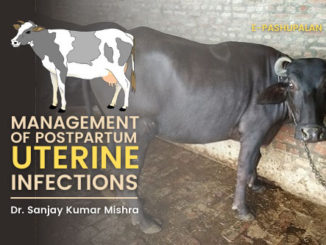
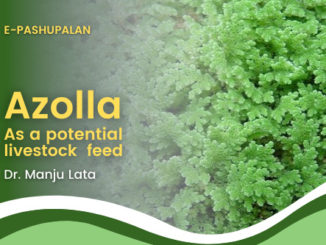
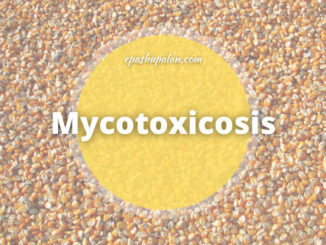

Nice article ty sir for valuable information it’s really very helpful
Awesome